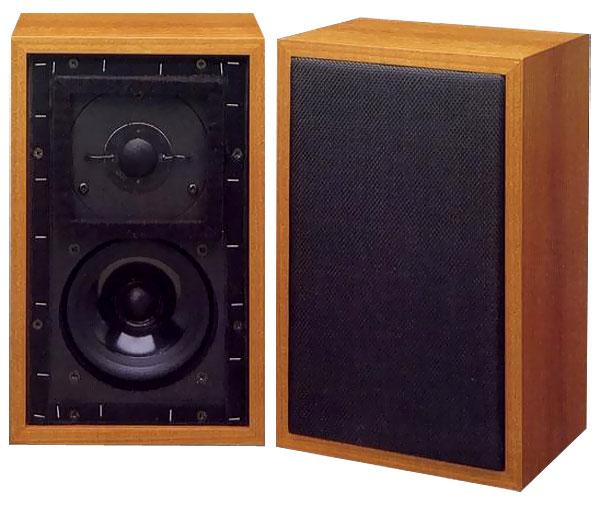| Columns Retired Columns & Blogs |
I read the review and then drove the 100 miles to Pittsburgh to pick up a set. I remember them and the review very well .... "Minimum recommended power 25 wpc .... maximum recommended power 25 wpc".
They didn't have a new pair so they loaned me a store demo, and I discovered it had a blown driver when I got it home. That nearly became a problem until the sales guy relented and gave me the new pair. The price then was around $500-$550 for the set.
Great sound, a modest bump around 50-60 hz, excellent for a small room.











































